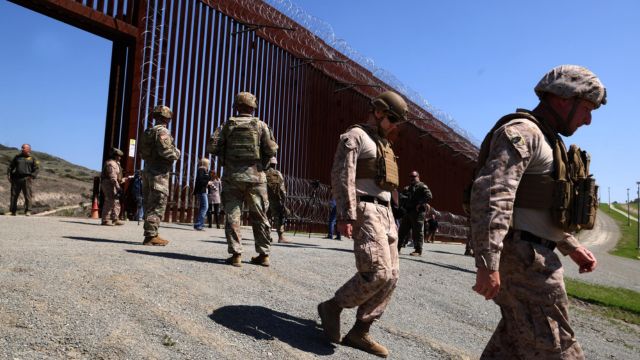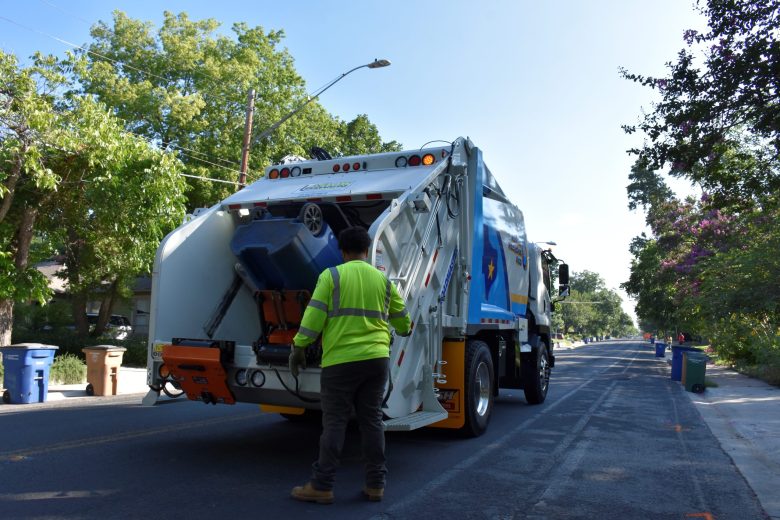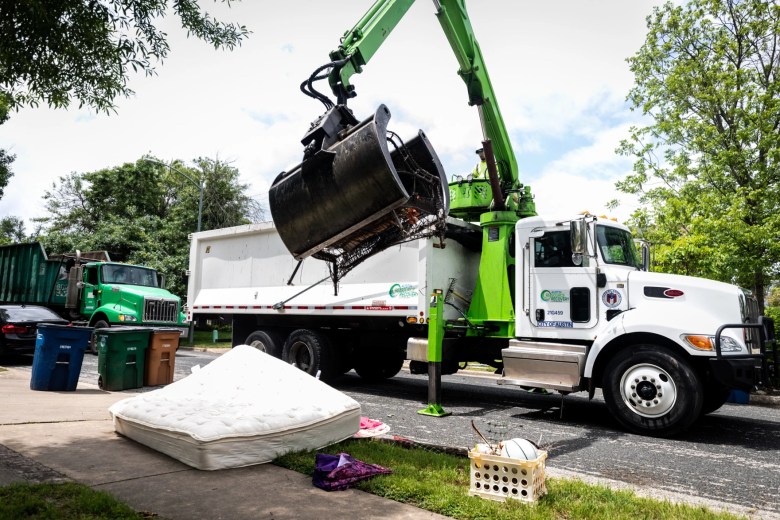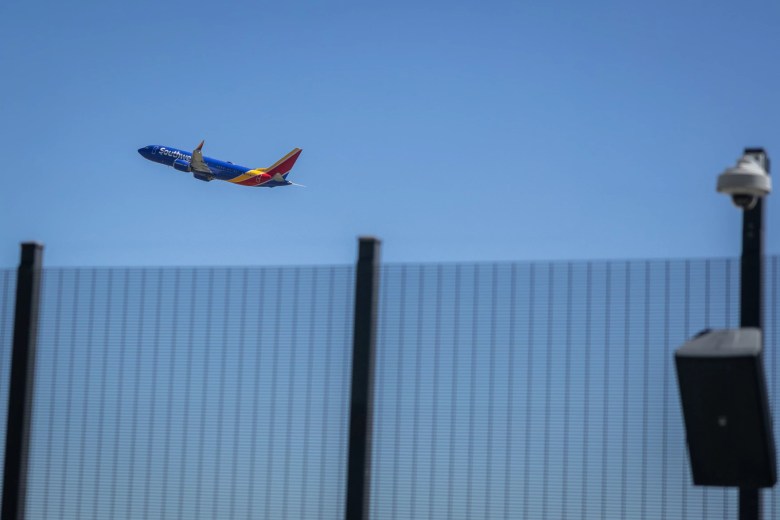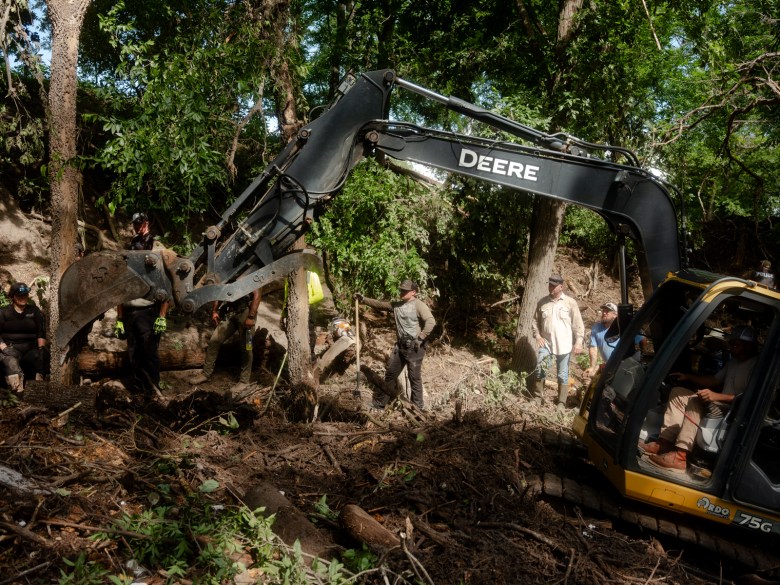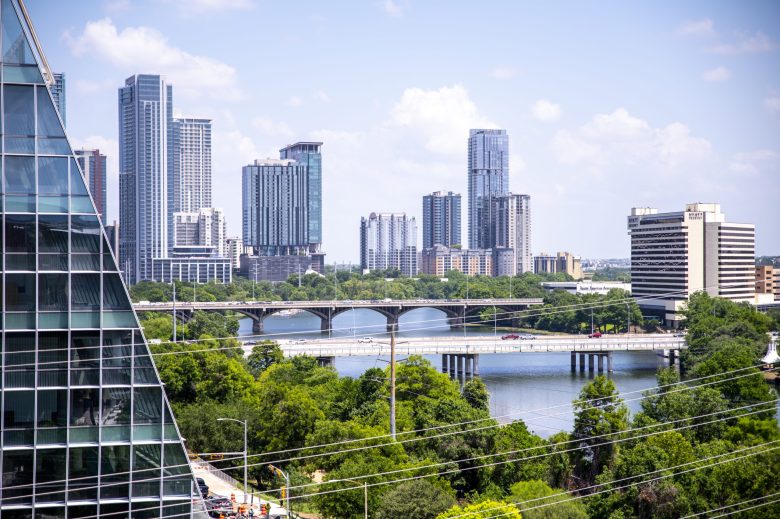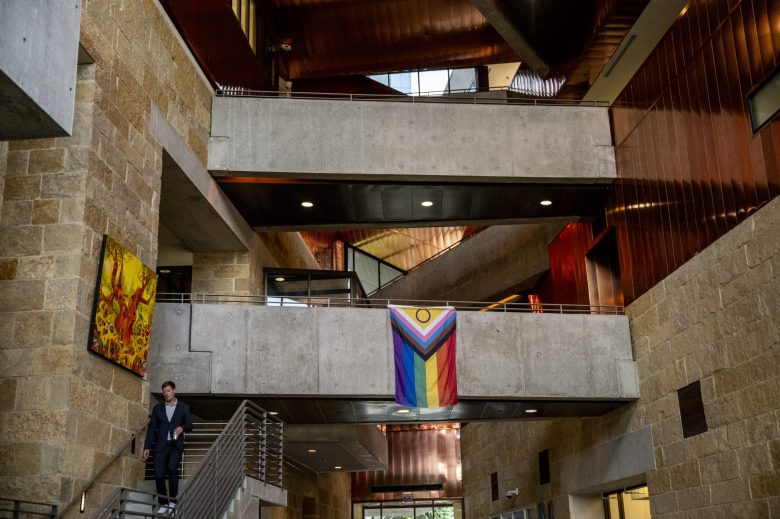The relief workers had set up a complicated tent city right next to the border wall, but they hadn’t seen any migrants in a month when they decided to take it down.
A year ago, when record numbers of refugees were coming to the border, the American Friends Service Committee, a national human rights group started by Quakers, helped them. The group finally got enough donations to build three tents where they could store food, clothes, and medical materials.
But the number of migrants crossing has almost stopped, which has made a big difference in the scenery along the southernmost part of California.
Shelters that used to take in migrants have shut down, and homemade camps where they waited to be processed are now empty. Nonprofits have also started to focus on helping immigrants who are already in the U.S. but are facing deportation or migrants who are stuck in southern Mexico.
With the help of 750 U.S. military troops, the Border Patrol has added barbed wire to six miles of the border wall to make it stronger.
A few miles west of the San Ysidro border crossing, the Service Committee set up an aid station. On a recent day, there was only one mostly empty tent left. Three aid workers with blue surgical gloves were putting together boxes that said “small sweater,” “tea and hot cocoa,” and “kids/hydration.” They were no longer needed.
The Border Patrol says that between 30 and 40 people are being arrested every day in the San Diego area. At its peak in April, more than 1,200 migrants came to the area every day. Now, that number is down.
Adriana Jasso, who runs the Service Committee’s U.S.-Mexico program, remembered how busy that time was and how the group helped. “This was the first time we did this much to help people in need,” Jasso said.
“But now,” she said, “it’s the end of an experience for now.” Because things in life can change quickly.
In May 2023, the Biden government ended a policy from the time of the pandemic that kept migrants from asking for asylum and sent them back to Mexico right away. The day before the policy change, thousands of refugees came to the border.
A lot of the border wall near San Diego is made up of two parallel gates. People looking for asylum started climbing over the fence closest to Mexico and turning themselves in to Border Patrol agents. The agents would tell them to wait between the two fences while they were processed.
Agents would often not come back to the area, called Whiskey 8, for days at a time. At the same time, Jasso and her coworkers passed out hot instant soup, fresh fruit, and bags through the fence’s holes.
People who were moving there for the first time since February 15 were mostly guys from India and China.
After a storm, two of the covers were blown away. That told Jasso and her team to take down the rest of it. As Jasso took a plastic shelving unit out from under the cover, the smell of the dirty Tijuana River filled the air.
One of the last things left inside the canopy was a toy Minnie Mouse. Her bubblegum pink shoes were dirty and turned gray. It was given to Jasso by a girl through the fence.
Jasso said, “Border Patrol wouldn’t let her take it.” “I told her I would take care of it and find someone who loved it as much as she did.”
At the same time that Jasso was leaving Whiskey 8, the Border Patrol held a press meeting a few miles away.
A Border Patrol SUV and a green Humvee were parked against the border wall east of the San Ysidro border crossing. They were used as a setting to show how the Departments of Homeland Security and Defense work together.
Border Patrol, Marines, and Army officials opened a gate in the barrier and showed reporters that both walls were now covered in concertina wire.
In Tijuana, where workers were building a raised highway right up against the wall that separates Mexico and the U.S., loud music could be heard.
By welding metal bars to the top of the fence and pointing them toward Mexico, troops made a “obstacle design.” They then added more layers of wire on top of that.
Acting Chief Patrol Agent for the San Diego Sector Jeffrey Stalnaker said that the extra wire that was put up after the troops came on January 23 has made it harder for people to get in illegally.
Stalnaker said that this fiscal year, federal attorneys in San Diego had also taken on more than 1,000 criminal cases that had to do with the border. And after Trump threatened to put tariffs on goods, Mexico said it would send 10,000 National Guard troops to its northern border. Stalnaker said that these troops now meet with U.S. agents a few times a week and do checks on both sides of the border at the same time.
